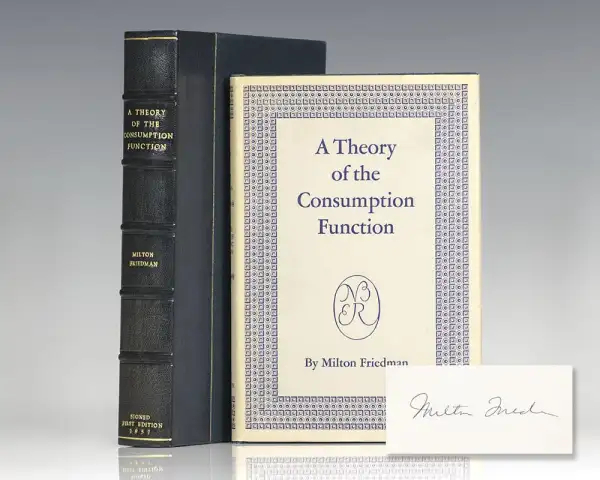Friedman became famous for his Theory of the Consumption Function
Macroeconomists commonly employ a simplified version of the optimization framework known as the "permanent income hypothesis," which has its roots in economist Milton Friedman's treatise A Theory of the Consumption Function (1957). The permanent income hypothesis omits the life-cycle model's detailed treatment of demographics and retirement, instead focusing on the aspects that matter most for macroeconomic analysis, such as predictions about the nature of the consumption function, which relates consumer spending to factors such as income, wealth, interest rates, and so on.
An interesting fact about Milton Friedman is that he also questioned Keynesians' economic theories. They stated that fiscal policies must always take precedence over monetary policies. Friedman's theory of free-market monetarism provided a different perspective on the subject.
What the consumption function says about the marginal propensity to consume (MPC) when income changes is perhaps the most important feature for macroeconomics. In The General Theory of Employment, Interest, and Money (1936), economist John Maynard Keynes was the first to emphasize the importance of the MPC, believing that up to 90% of any increase in current income would translate into an immediate increase in consumption expenditure (an MPC of 90 percent). However, evidence suggests that Friedman's permanent income hypothesis is much more accurate: Friedman claimed that only about one-third of any windfall (a one-time unanticipated gain) would be spent within a year on average. He went on to say that a one-to-one correlation between increased income and increased spending would occur only if the income increase was perceived to be a permanent change in circumstances (e.g., a new, higher-paying job).









